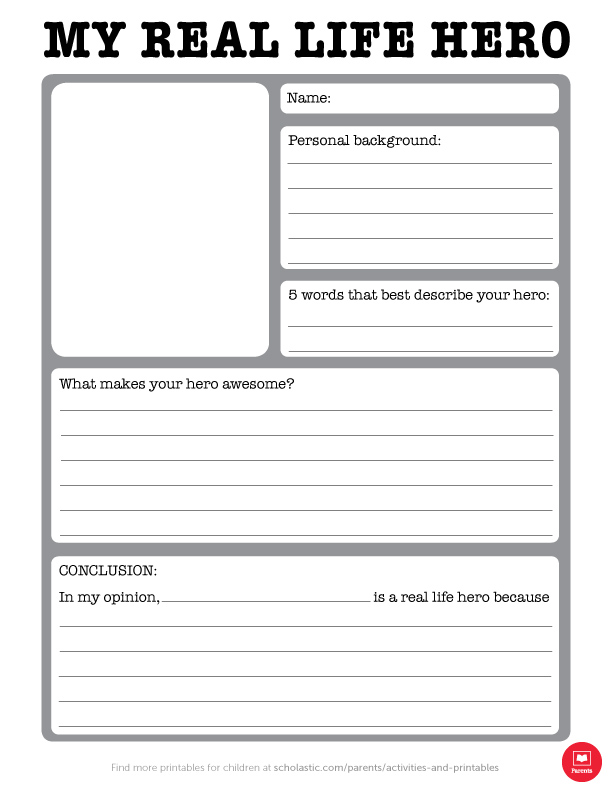Women’s History Month is a fabulous opportunity to talk to your child about the importance of both historical and modern female figures who have made an impact on our social and cultural history. It's also a great time to discuss heroines close to home — women who have a positive impact on your child's daily life, whether it's a relative, teacher, coach, family friend or otherwise.
Often, the heroes and heroines your child meets in fictional stories and comic strips are admired for being courageous and having a strong sense of right and wrong, which often leads to selfless acts in an effort to help others. Your child’s superhero might not be able to leap tall buildings in a single bound or have x-ray vision, but chances are she is already making a positive impact in your child’s life. Exploring the qualities that make this person heroic might just inspire your child to reach for the stars and become a real-life superhero someday!
Why not start the conversation by sharing your own real-life heroines with your child? Talk with your child about a woman in your life that you admire, and what qualities you believe make her super-special. Invite your child to also reflect upon the women who make a positive impact on her own life.
Bring Your Superhero Story to Life
Suggest creating a short biography about your child's real-life heroine using our printable worksheet. It's a fun family project to work on together and, once completed, you can laminate the results and present it as a gift to your heroines — they will love it!
Begin by introducing the concept of a biography to your child:
- A biography is the story of somebody’s life, written by another person.
- Biographies often share details of a person's accomplishments or life activities and reflect on his or her background, interests, obstacles, and contributions to society.
- While biographies are often written about famous (or infamous!) people or historical figures, biographies can also be about regular people — after all, everyone has a story to tell.
Ask your child to imagine being a biographer tasked with sharing the story of a woman he or she admires. Tell your child that biographers gather information about their subjects through interviews and written accounts of the person’s life, including researching photos, newspaper articles, letters, and journals. Suggest that your child think about what makes his or her chosen heroine special or interesting, considering:
- What are the effects your child's superhero had on his or her own life?
- What words would your child choose to describe her?
- What are the qualities that make this person awesome?
To confirm some of the factual details about his or her heroine, your child might also like to interview her, asking questions such as:
- When were you born?
- Where were you born?
- How many people are in your family?
- Where have you lived in your life?
- What led you to your passion for ____ (e.g. teaching/coaching/etc.)?
Once your child has gathered this information, have him or her use the prompts contained in the My Real-Life Hero worksheet to create a biography.
Whether you share this project with your child for Women's History Month, or any time of year, it's something both your child and his or her superhero will appreciate sharing together.
Featured Photo Credit © bowdenimages/Thinkstock




